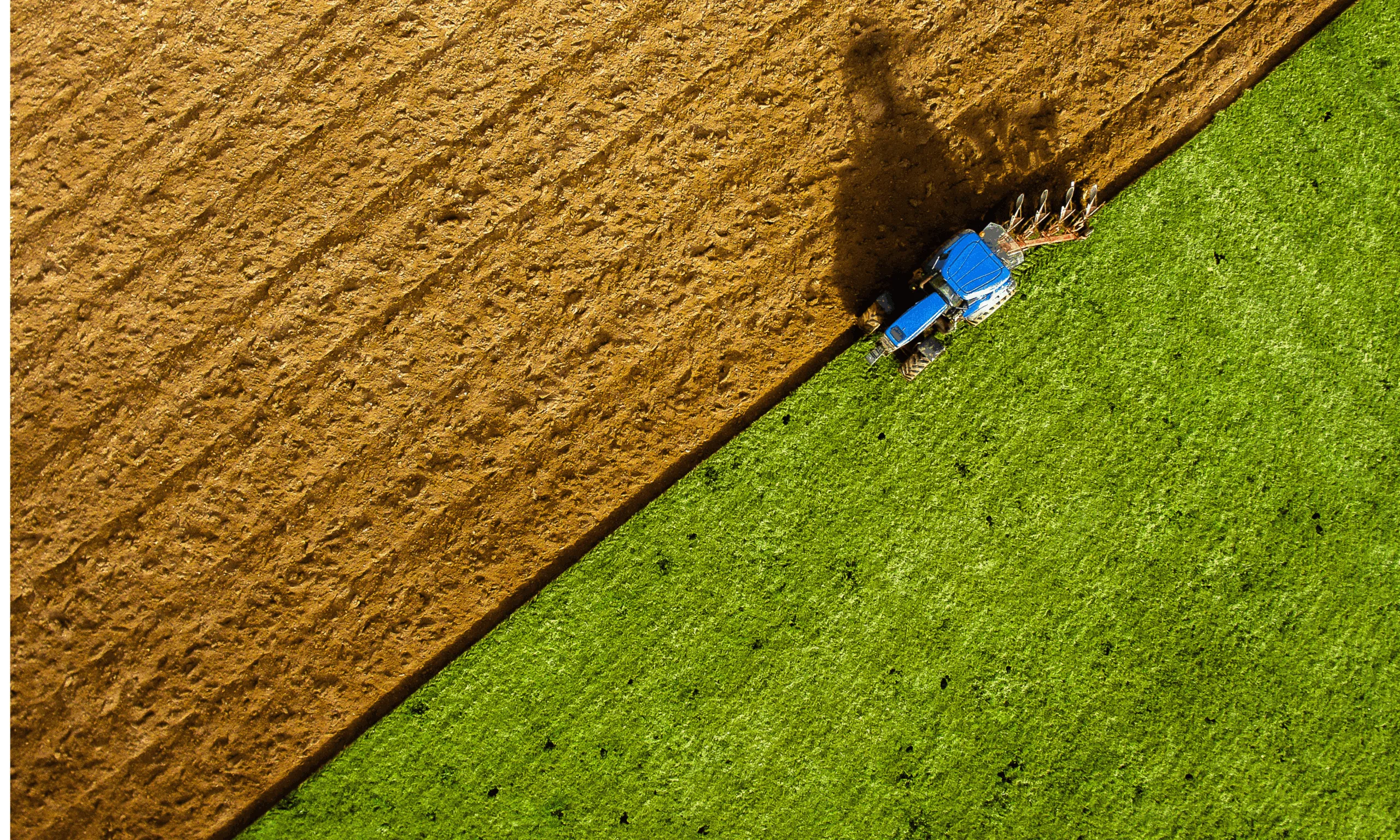Cold weather screeding tips for stronger, smoother floors
Screeding in cold weather can be one of the most challenging tasks in construction. Low temperatures slow drying times, affect consistency, and can compromise the overall performance of a screed if not properly managed. Yet, with the right techniques and materials, high-quality results are still achievable – even in winter conditions.
In this article, we explore how cold weather impacts screed performance, what precautions to take, and how using carefully engineered mineral additives, such as those found in LKAB Minerals’ Gypsol range, an help maintain strength, durability, and surface quality all year round.
How cold weather affects screed performance
Screed, whether calcium sulphate-based or cementitious, relies on controlled hydration or crystallisation to develop strength and stability. When temperatures drop below 5°C, these reactions slow significantly, leading to several potential issues:
- Extended drying and curing times
- Reduced early strength gain , making floors more vulnerable to damage
- I ncreased risk of surface cracking due to uneven drying
- Potential frost damage if the screed freezes before it has set
For contractors and flooring specialists, these risks can lead to project delays and rework. Especially in large-scale or time-sensitive environments like housing developments, commercial buildings, and infrastructure projects.

Preparation: Setting the right foundations
Before beginning any screeding work in cold weather, site conditions must be carefully controlled. Here are a few key steps to prepare effectively:
-
Ensure subfloor warmth
Preheat the substrate where possible. Cold floors can draw heat from freshly poured screed, slowing its chemical reactions and increasing the risk of uneven curing. -
Maintain consistent ambient temperature
Temporary heating systems and insulation barriers can keep indoor environments above the minimum curing threshold. Avoid direct heating or “spot drying,” which can cause cracks or differential curing. -
Protect against frost and drafts
Ensure the area is sealed from external air and insulated against frost ingress, particularly at night when temperatures drop. -
Use appropriate screed formulations
Opting for specially formulated, high-performance screeds designed for low-temperature application can make a major difference. Calcium sulphate-based products, such as Gypsol anhydrite screeds from LKAB Minerals, offer excellent flow and drying properties, even in cooler conditions when correctly managed.
The role of mineral additives in cold weather performance
Mineral additives are an often overlooked but essential component in optimising screed behaviour during colder months. When incorporated into formulations, they can significantly enhance strength, setting control, and long-term performance.
Key benefits include:
-
Improved early strength development:
Certain minerals accelerate hydration or crystallisation, helping screeds reach workable strength faster despite lower ambient temperatures. -
B
etter workability and flow:
High-quality fillers, such as finely milled anhydrite or limestone powders, improve screed consistency and ease of placement – even in cooler conditions where viscosity increases. -
Reduced shrinkage and cracking:
The right mineral balance refines the screed’s internal structure, minimising shrinkage during curing and reducing the likelihood of surface cracks. -
Enhanced durability and finish:
Additives support uniform particle distribution, resulting in smoother surfaces, tighter finishes, and stronger bonds with subsequent flooring layers.
In Gypsol screeds, for example, the mineral composition is carefully engineered to deliver optimal flow, reduced shrinkage, and consistent drying. Allowing contractors to maintain productivity even when the temperature drops.
Application best practices in cold conditions
While material choice is critical, the way screed is handled and applied in winter conditions is equally important. Follow these practical tips for best results:
-
Warm materials before mixing
If possible, store binders, sands, and liquids in a temperature-controlled environment prior to use. Avoid using frozen or overly cold aggregates. -
Avoid pouring on frozen substrates
Screeding over ice or frost can prevent proper adhesion and may cause long-term structural defects once thawed. -
Allow extended curing time
Even with accelerated formulations, it’s advisable to extend curing and drying periods to ensure full strength development. -
Monitor ambient and substrate temperatures
Use thermometers or infrared sensors to track temperature variations throughout the site. Maintaining a minimum 5°C is ideal during curing. -
Plan for gradual drying
Rapid heating after curing can lead to thermal stress and cracking. Instead, increase temperature slowly to allow even moisture release.

Choosing the right screed for winter work
When selecting a screed for cold weather projects, it’s important to balance workability, drying performance, and strength. Gypsol liquid screeds, produced by LKAB Minerals, are designed with these challenges in mind. Their calcium sulphate base and controlled mineral composition allow for:
- Smooth, self-levelling application
- Reduced risk of thermal cracking
- Consistent drying performance across temperature ranges
- Compatibility with underfloor heating systems
In addition, the environmental advantages of Gypsol, including reduced CO₂ emissions compared to traditional cement-based screeds, make it a forward-thinking choice for contractors looking to combine performance with responsibility.
Consistency through the cold
Cold weather screeding doesn’t have to mean compromised performance or delayed schedules. With the right preparation, control measures, and choice of mineral-enhanced materials, contractors can deliver floors that meet both structural and aesthetic standards, even in the harshest conditions.
LKAB Minerals’ Gypsol range offers a reliable, high-performance solution for winter projects, providing superior flow, consistency, and durability. Its mineral composition helps overcome the challenges of cold weather screeding, ensuring strong, smooth, and long-lasting floors all year round. To learn more about how Gypsol can support your next project, visit the Gypsol product page or contact our team of technical specialists. Follow LKAB Minerals on LinkedIn for the latest updates, case studies, and expert insights into mineral-based flooring solutions.




